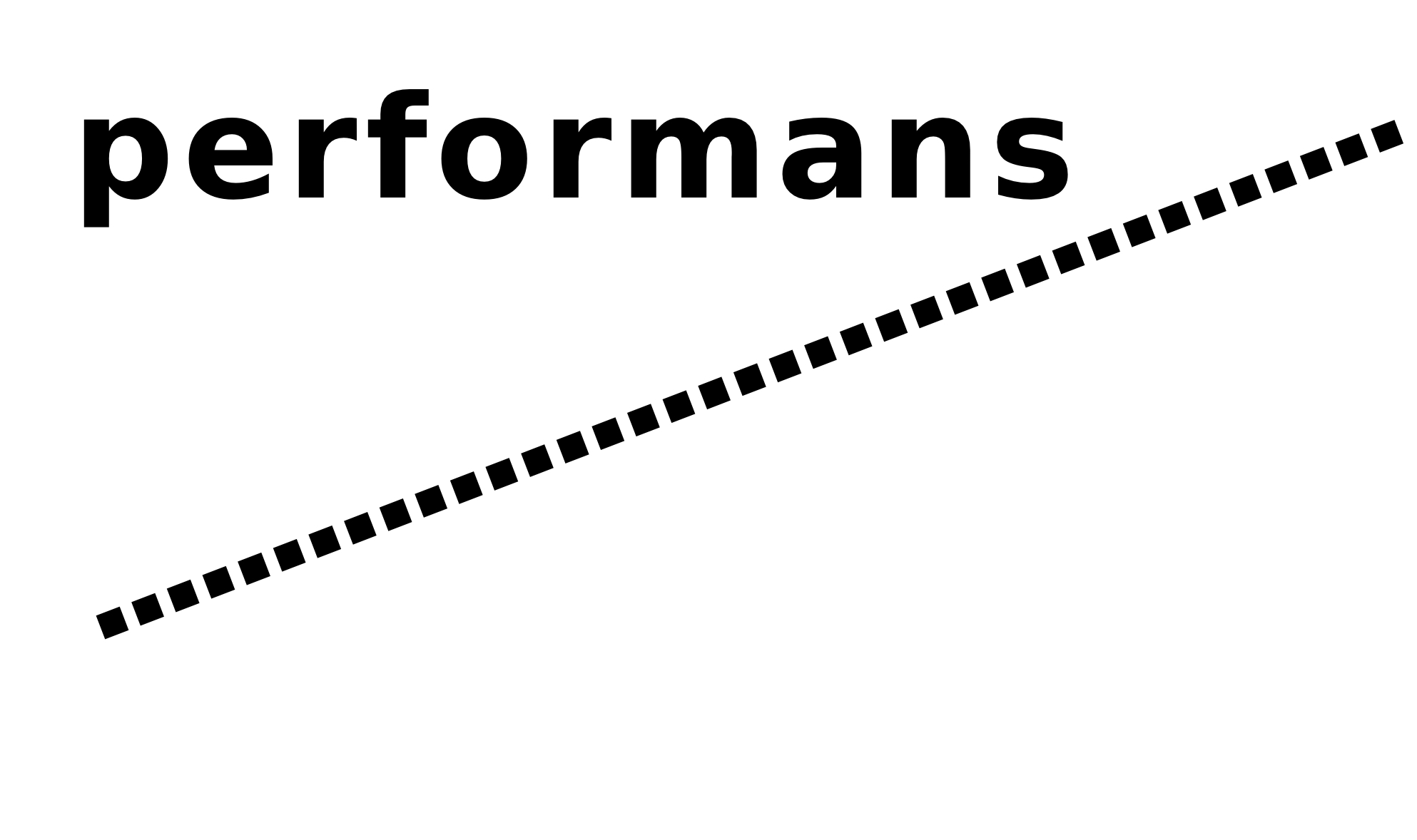Marcel Duchamp’s Fountain is a perfect example of the discrepancy between art’s subversiveness and its autonomy. Despite the discrepancy, both phenomena have the same background:
“The arts only ever lend to projects of domination or emancipation what they are able to lend to them, that is to say, quite simply, what they have in common with them: bodily positions and movements, functions of speech, the parcelling out of the visible and the invisible. Furthermore, the autonomy they can enjoy or the subversion they can claim credit for rest on the same foundation.”1
Autonomy as the conditional autonomy of the author within the field of art2—here he is “independent” only until he fundamentally undermine the system—is necessarily in discrepancy with the possible subversiveness that the creative one practices.
It’s different when autonomy is understood as the right to express oneself (by voice, image, dance, thought, gesture), the possibility which the protagonist takes or acquires without being subjected to the mechanisms of the culture industry.3 The protagonist then acts as a militant subject.
He is aware that the real of the politics cannot be realized in any form of representation, but is only a militant thought-practice. From this kind of practice comes the possibility of creation of a work, the performance-critique, which causes a collision, a rupture in the existing.
The main communitarian question today is that of the “unity of the world”,4 the unity of all human beings. It can only be achieved through emancipatory politics, which can be carried out through the thought-practice of the militant subject—who is distinguished by “courage as the virtue of persistence in the impossible”.5
*
Since Alain Badiou nowhere marks—in terms of references—his rather obvious reliance on anarchist thought in his key theoretical findings, let’s recall some notes of his forgetfulness:
Gabriel Kuhn writes that Badiou’s categorical rejection of anarchism* seems downright grotesque given his position that Marxism and its derivatives in the 20th century are no longer really useful in the field of practice,6 and that the principle of the state in itself has proven to be corrupt and ineffective in the long run.7
Benjamin Noys accordingly remarked, that this is exactly what anarchism has been finding for the last two hundred years.8
On the other hand, it is a feature of contemporary anarchist theories that they refer a lot to Badiou, as well as Jacques Rancière and Étienne Balibar, as noted by Saul Newman.9
*
The emancipatory role of an artist as the militant subject is realized in his quest for equality, which is politicized and aestheticized in a performance-critique. This can be realized in such a way that it is excluded, eliminated, or self-terminated in its very act, or it can reject its own exclusion and be realized as a form of resistance. The discrepancy between subversiveness and autonomy is null in both cases.
Subversiveness is immanent to autonomy and vice versa. The immanence of subversiveness in autonomy and of autonomy in subversiveness is a fundament of the performance-critique.
…………………
To support Performans, use the links below for your donation.
1 Jacques Rancière in The Politics of Aesthetics (p. 19).
2 The “field” related to Pierre Bourdieu’s structured idea of fields.
3 “The culture industry” is the context introduced by Theodor Adorno.
4 Alain Badiou in De quoi Sarkozy est-il le nom?.
5 Badiou in De quoi Sarkozy est-il le nom?.
* More suitable: of an-archic thought.
6 Badiou in The Communist Hypothesis (New Left Review, 49, 2008, pp. 29–42).
7 Badiou in De quoi Sarkozy est-il le nom?.
8 Noys in Through a Glass Darkly: Alain Badiou’s Critique of Anarchism (Anarchist Studies, 16, 2, 2008, pp. 107–120), as noted by Kuhn in Postanarchism and Post-Marxism.
9 Newman in Anarchism, Posstructuralism and the Future of the Radical Politics (SubStance, 36, 2, 2007, pp. 3–19).
